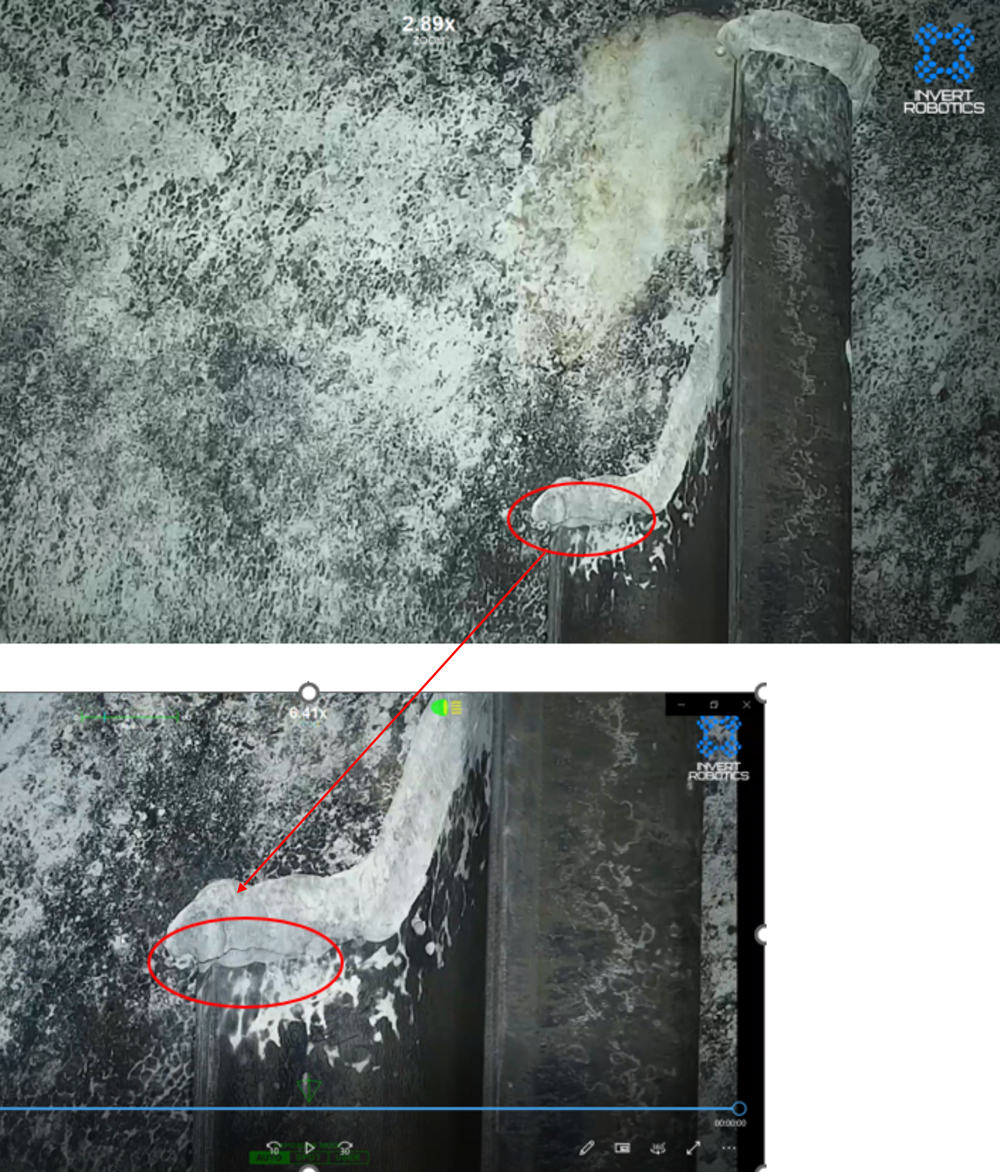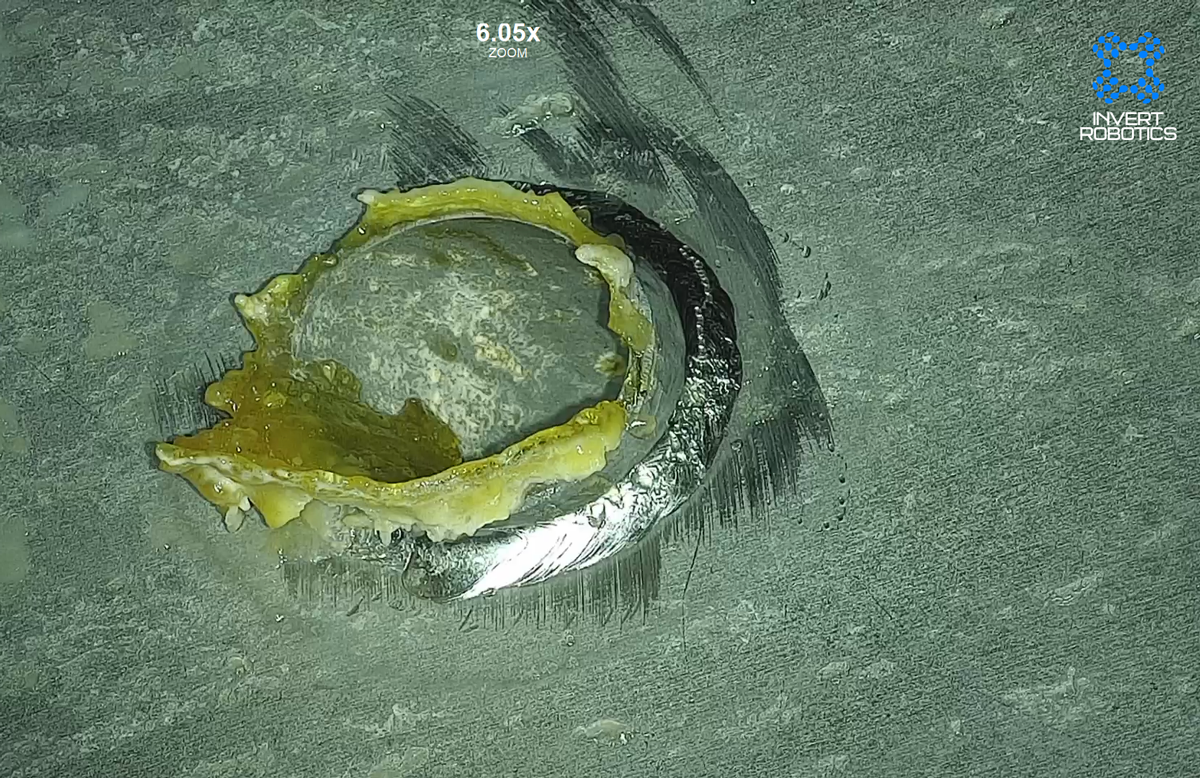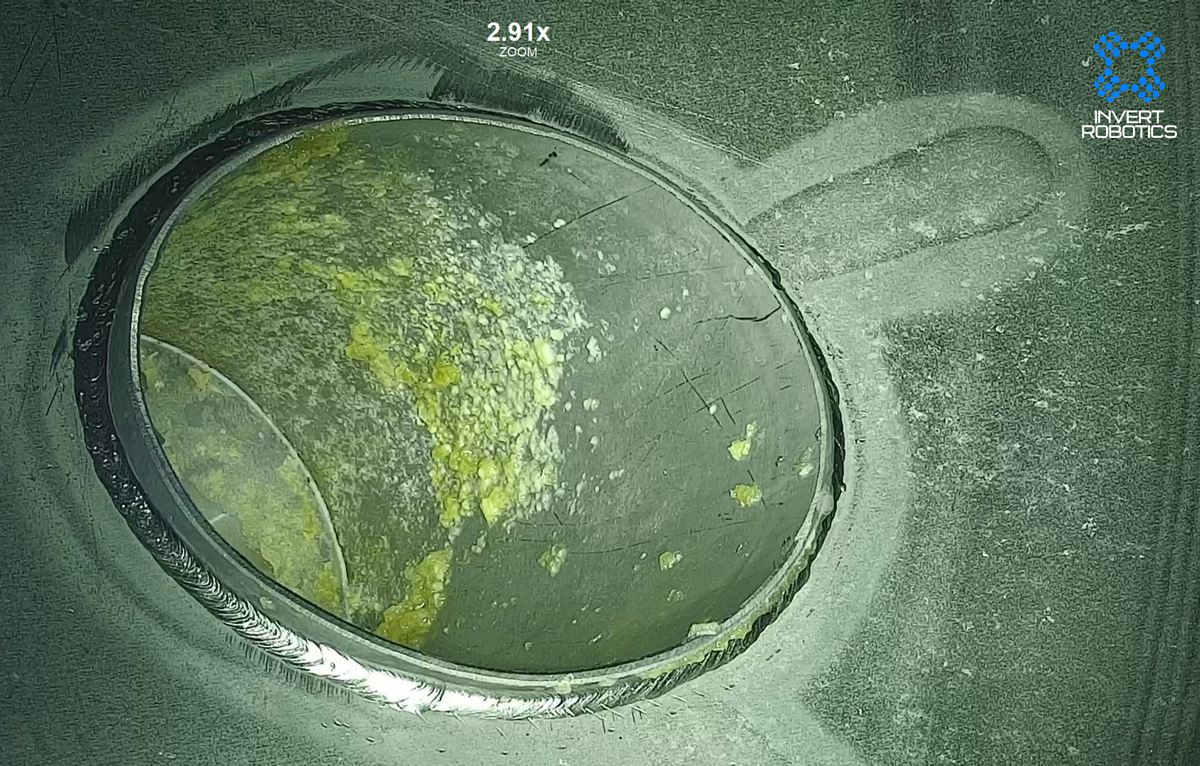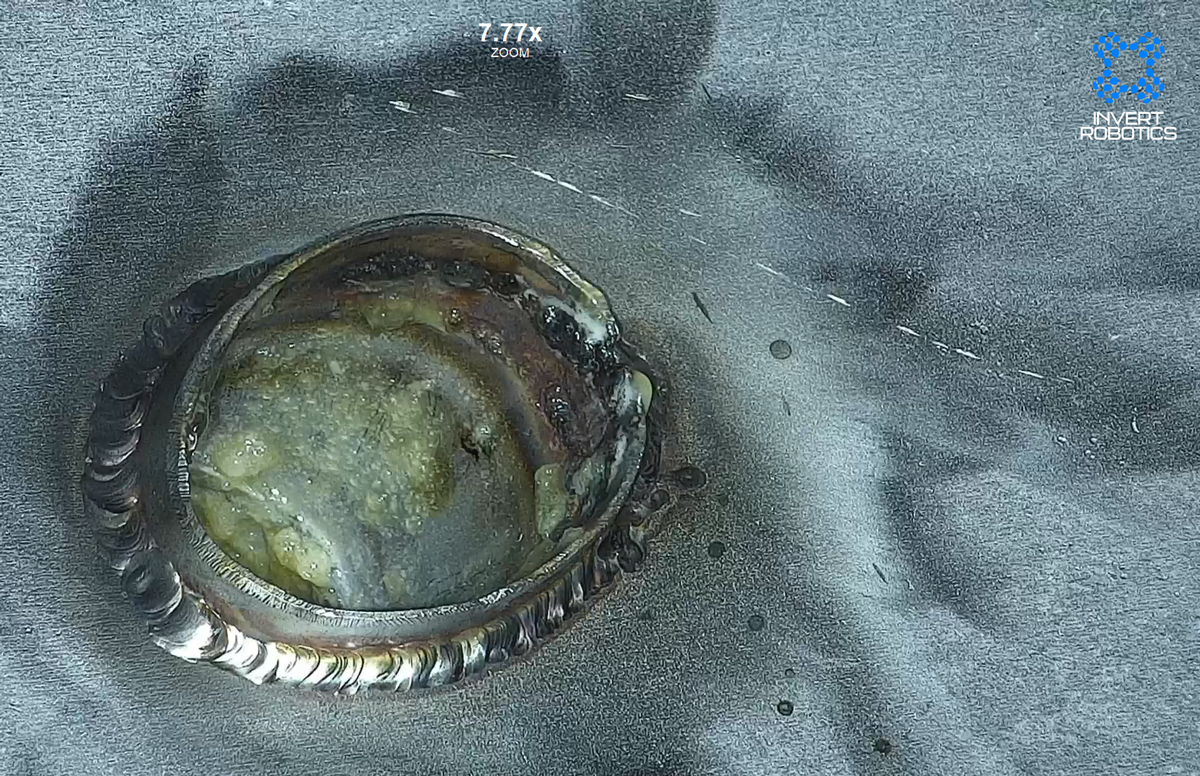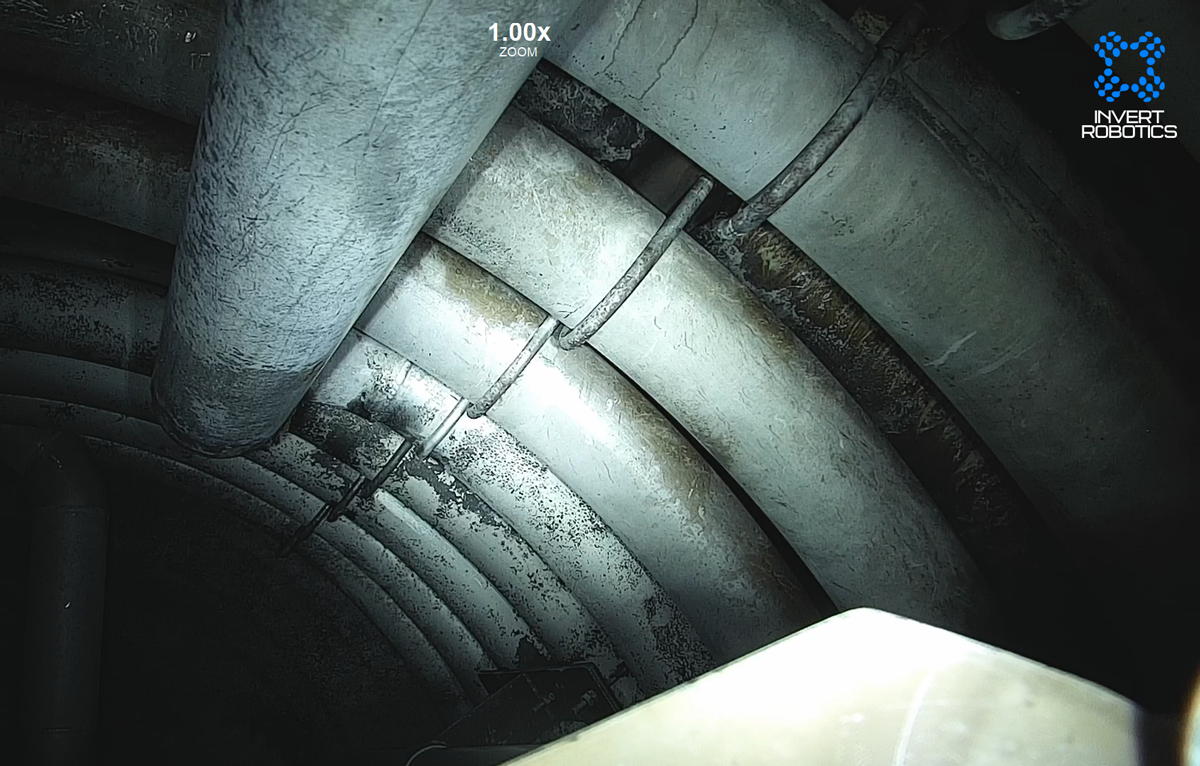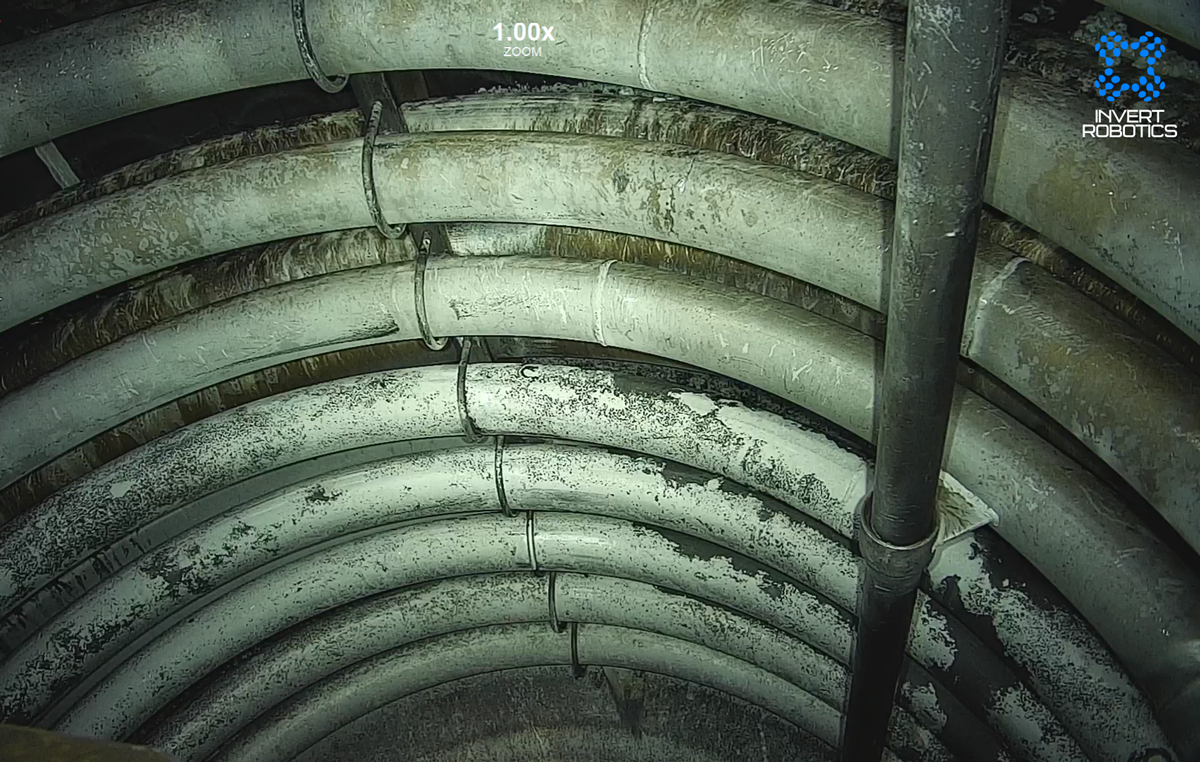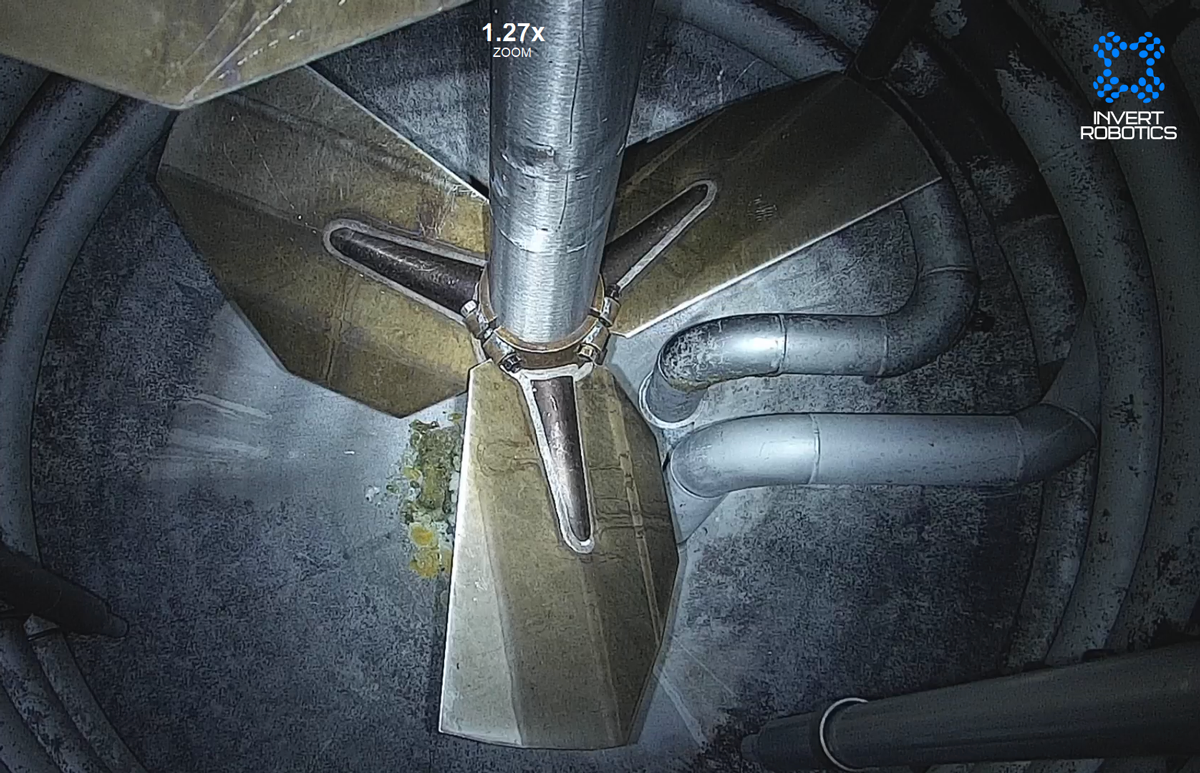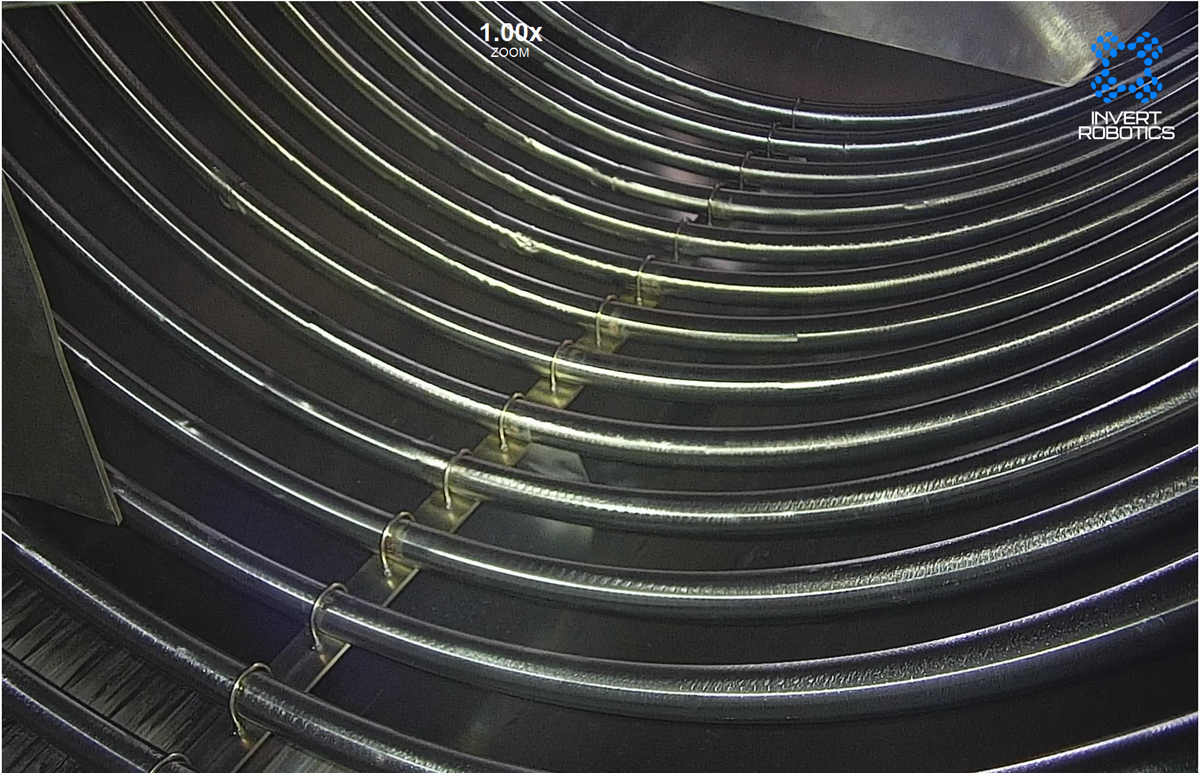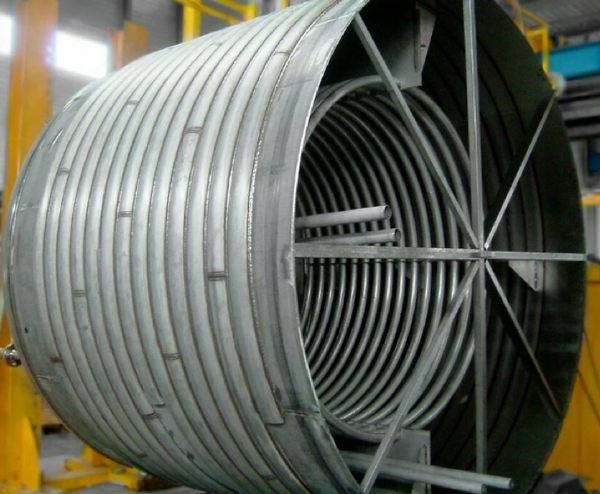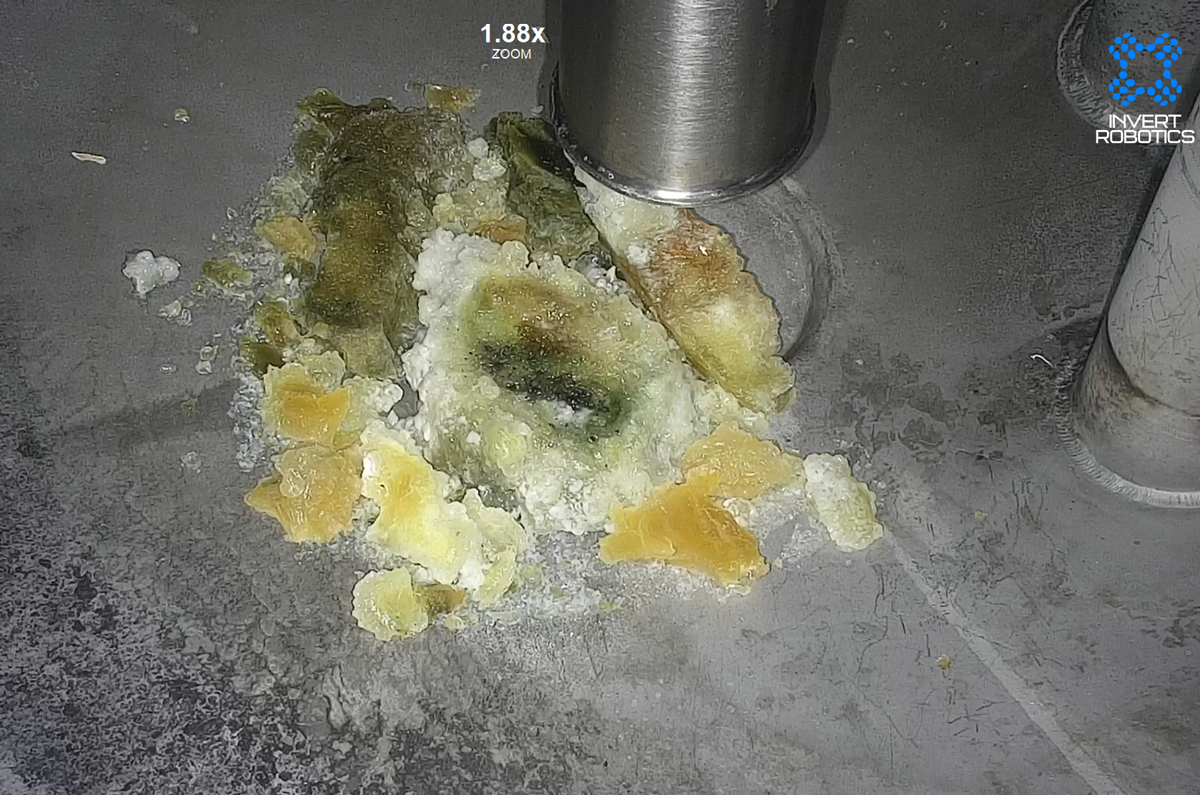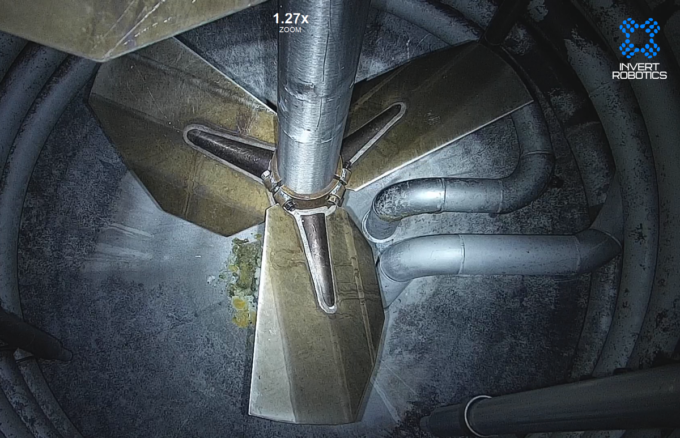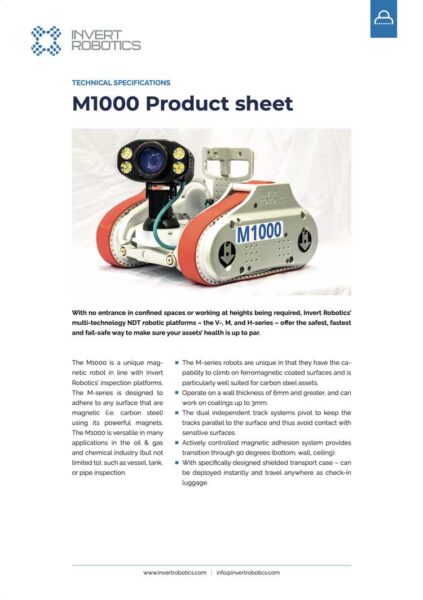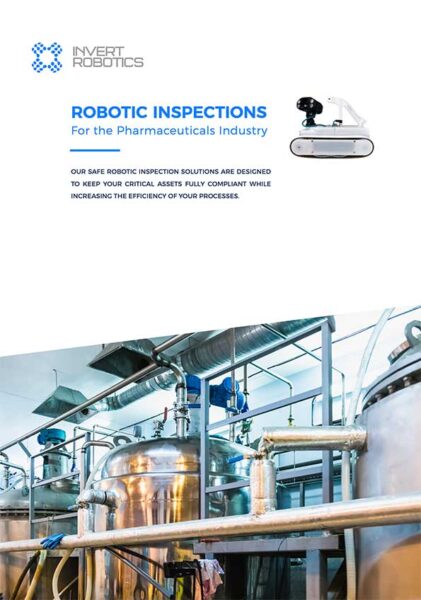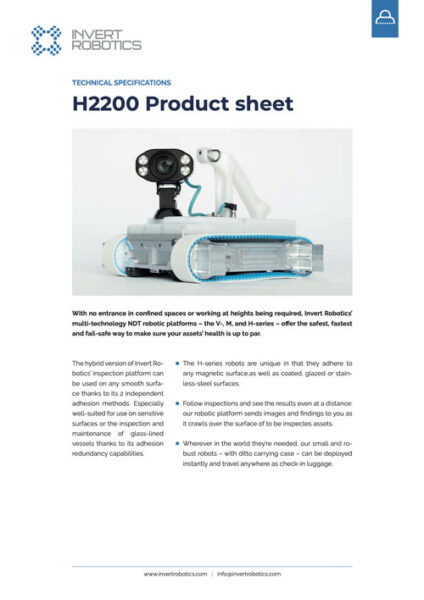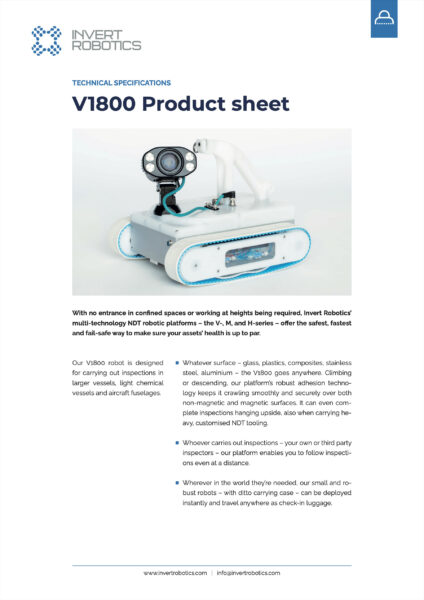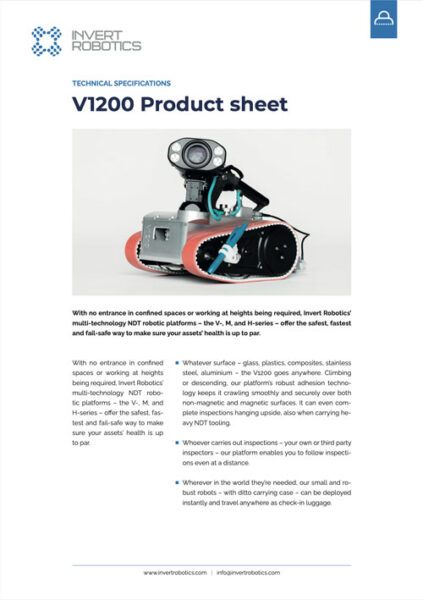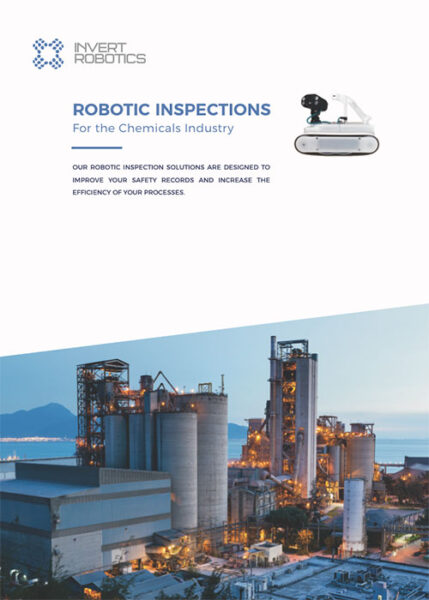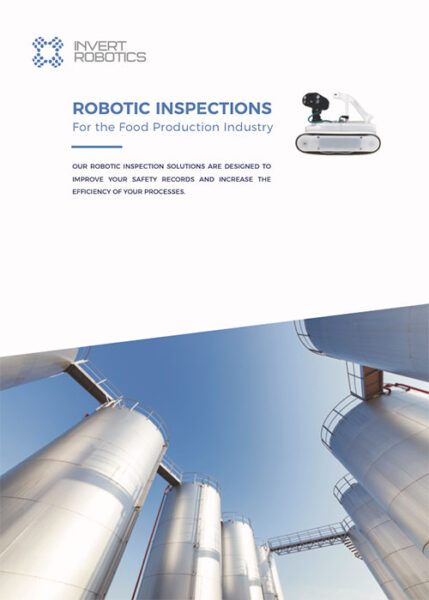As robotic inspection company we are the trusted inspection partner of leading French dairy producers. Based on our successful track record in this industry, we were invited to conduct a trial inspection of pressurized assets at a major French painting and coating company. Read how we were able to deliver on our promise to carry out safer, better and faster inspections, also in the highly regulated chemical industry.
Robotic asset inspections in a challenging environment
When a leading French painting and coatings company asked us to conduct a trial inspection of several small, pressurized tanks at one of their sites, we were excited to be given this opportunity to show them that our robotic platform is up to the challenge.
Up till this time, the coatings company had carried out inspections by eye, by way of human entry into the vessel, with all the inherent health risks and significant downtime. What made inspections particularly difficult was the fact that much of the surface areas were hidden behind the vessels’ coils. Residues, cracks, or mechanical defects remained unnoticed.
It was for this reason that the plant’s maintenance manager had been looking into other inspection solutions and technologies that could deliver better inspection results without increasing costs or impacting employer safety. The maintenance manager reached out to us, having received a recommendation from a colleague in the same business area. Gilles Gauderlot: “We were delighted to be called upon to perform a demo and show our expertise.”
To be honest, there were times during the demo phase that we worried that we had bitten off more than we could chew. For starters, the assets we were asked to inspect were particularly challenging: with internal coils and rotor blades obstructing clear views of the vessel’s surface.
What’s more, there were parts of the assets that were too small for our robotic platform to manoeuvre in. In addition, the assets had to be disabled before and during inspection, ensuring that we could guarantee minimum downtime was critical to the client. And last, but not least, the requirements set out by the certification company APAVE – under whose supervision we carried out the work – were particularly stringent.
How we overcame the challenging circumstances – seeing parts of the vessel only our remote camera can see
Moving agilely over the stainless-steel surface of the vessel, our V1800 robotic platform and its 360° camera was able to make consistent photos (with an exceptional image stability) of parts of the vessels that had been out of view of human inspectors.
Nevertheless, there remained parts of the vessels that even our robotic platform could not reach. For these areas we deployed our Remote Camera System that we successfully lowered into the vessels.
Industrial safety – working under ATEX and Seveso directives
It was not only the regulations as defined by APAVE that we had to comply with. ATEX and Seveso directives – for the protection of workers’ health working in explosive environments and to prevent incident or disasters that can cause material or environmental damage – were applicable to this hazardous classified site.
Because our robotic platform has not been developed in line with these directives, it meant that the part of the site where we carried out the tank inspections had to be disarmed and declassified for us to be able deploy our platform. The client’s maintenance manager was convinced of the many benefits our inspection technology could bring them and was therefore more than willing to take the steps needed to take these measures.
Successful certified visual inspection of hard-to-access surfaces
As said, we conducted our inspections under the supervision of APAVE. Working in full compliance with APAVE certification requirements, our two inspectors managed to inspect the eight vessels in just two days. Their reports covered most of the previously invisible surface area.
At the end of the day, the best proof of our success is when a customer gets the result that he was looking for. We were satisfied when the maintenance manager called us soon after completing the inspection: “I’m really happy with the results!” he said, “and I’m going to present your technology to the rest of the group!”
